Vietnamese logistics businesses are facing global economic fluctuations from supply chain disruptions, rising transportation costs to barriers in carbon taxes and European Union (EU) Environmental, Social, and Governance (ESG) standards.
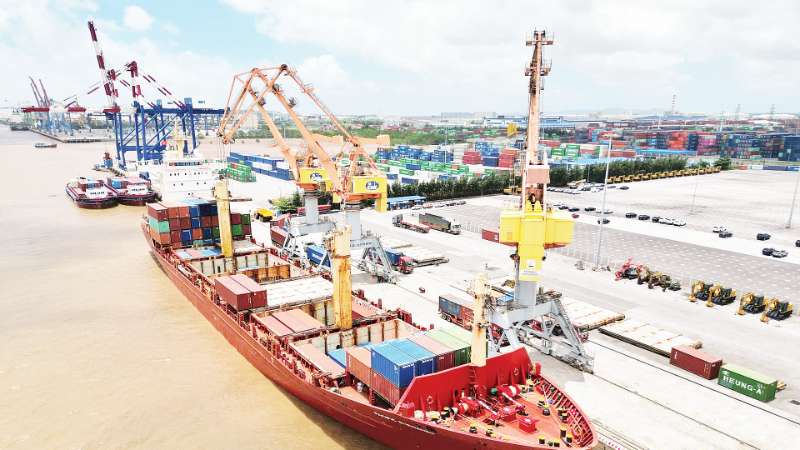
This is both a challenge and an opportunity for businesses in this industry to make a green transformation to break through and reposition themselves in the global sustainable development race.
However, to realize the above goals, businesses need support from the State through policies on sustainable infrastructure development, green finance, emission management, etc.
Opportunities and challenges
The transportation industry, especially sea transport Currently, the logistics sector is a high source of emissions due to high fuel consumption, so the pressure to green the industry is very clear. The International Maritime Organization (IMO) requires the transition to low-emission fuels with low environmental impact, aiming to reduce net emissions to zero by 2050. This is considered an opportunity for Vietnam to take the lead in building a green and sustainable logistics model. According to a report by the World Bank (WB), Vietnam's logistics growth rate is 16% per year, in 2023 Vietnam ranked 43rd in the logistics performance index and was among the top 5 countries in ASEAN.
Deputy Director of the Import-Export Department (Ministry of Industry and Trade) Tran Thanh Hai said that green logistics through investing in fuel-efficient means of transport, using smart containers, optimizing routes and digitizing warehouse management not only aims at sustainable development, but also helps businesses reduce long-term costs in the context of unpredictable fluctuations in oil prices and transportation costs. In addition, this is also a new standard for export markets, especially when the EU has implemented the CBAM mechanism to impose taxes on high-emission goods. Therefore, when Vietnamese logistics enterprises possess green certificates, they are creating their own advantages in today's fiercely competitive market.
In fact, the Vietnamese logistics industry has many favorable conditions for development as the Party and State are very interested in investing and expanding the construction of basic infrastructure, especially transportation, to help transport businesses save time and transportation costs. Along with that, the scale of the retail market on e-commerce platforms is increasingly booming (reaching 25 billion USD in 2024, up 20% compared to the previous year), which will be the driving force for development and a great opportunity for logistics businesses to take advantage of. However, the journey of greening logistics in Vietnam is not easy when awareness, habits and infrastructure have not really met the development of "green transport" means.
General Director of Phuc Khang Investment and Construction Joint Stock Company Luu Thi Thanh Mau pointed out that the commitment to achieve zero net emissions by 2050 is putting Vietnamese enterprises, especially small and medium enterprises, under great pressure to green the supply chain. Currently, the cost of investing in green technology, energy-saving means of transport or emission management systems requires large capital, while most enterprises lack the necessary resources and expertise in choosing the right technology for their finances and integration capabilities. Along with that, the lack of a team of experts with in-depth knowledge and practical implementation skills also makes the application of green technology difficult.
Requires multi-party coordination
Obviously, every new field faces difficulties and challenges, but green transformation Now it is not only a trend but also a mandatory requirement for sustainable economic development. Therefore, instead of faltering in the face of difficulties, businesses need to find a suitable roadmap to adapt and move forward. Macstar Group Chairman Tran Tien Dung said that since 2023, Macstar Group has invested in large ships, established an inland and coastal waterway transport group, and tested the connection of the Hai Phong-Ninh Binh route by ship for circulation.
This not only helps Macstar Group save costs, halve time and significantly increase capacity, but also contributes to building a "green" image in the eyes of global partners. Macstar Group is continuing to cooperate with partners to research larger ships, using environmentally friendly fuels such as solar batteries and green hydrogen to save more logistics costs and reduce carbon emissions into the environment. However, to apply effectively, businesses need support from the State in terms of technical standards and guidance on applying new technologies...
Vice Chairman of the Transport and Logistics Committee of the European Chamber of Commerce in Vietnam (EuroCham) Koen Soenens said that in Vietnam, the logistics infrastructure is not synchronized, policies are inconsistent and regulations are unclear, hindering the green transition process. Therefore, coordination and cooperation between the State, businesses and stakeholders are needed to create a sustainable logistics ecosystem. Pressure from the global greening trend will be an important driving force for Vietnam to build a modern and sustainable logistics system, creating a foundation for green economy
Chairman of the Vietnam Federation of Commerce and Industry (VCCI) Pham Tan Cong emphasized that developing green logistics has become an important advantage for Vietnamese enterprises to move faster and get ahead in the global sustainable development strategy. This is also a vital path, helping Vietnamese logistics enterprises to improve their competitiveness and create momentum in the uncertain fluctuations of the global economy. He believes that with the support of the State in policies, finance and green technology, Vietnamese logistics enterprises can overcome challenges, turn pressure into opportunities to reposition value and improve competitiveness, affirming their position on the world economic map.
It can be seen that the core of green logistics is to build a multimodal integrated logistics model, coupled with a sustainable policy and financial corridor. Therefore, to promote green logistics, the State needs to continue to play a role in creating and issuing effective policies and orientations. Encourage businesses to switch to waterway and rail transport to take advantage of large capacity; optimize processes by increasing transport scale, reducing empty runs and developing smart warehouses and ports. Businesses also need to coordinate with management agencies to implement a roadmap to reduce emissions, invest in technology and clean energy; continue to build a sustainable development strategy, upgrade warehouses, invest in modern equipment and prioritize environmentally friendly means of transport such as vehicles using renewable electricity, hydrogen or LNG...
Source: https://baolangson.vn/doanh-nghiep-logistics-truoc-cuoc-dua-xanh-hoa-5053416.html


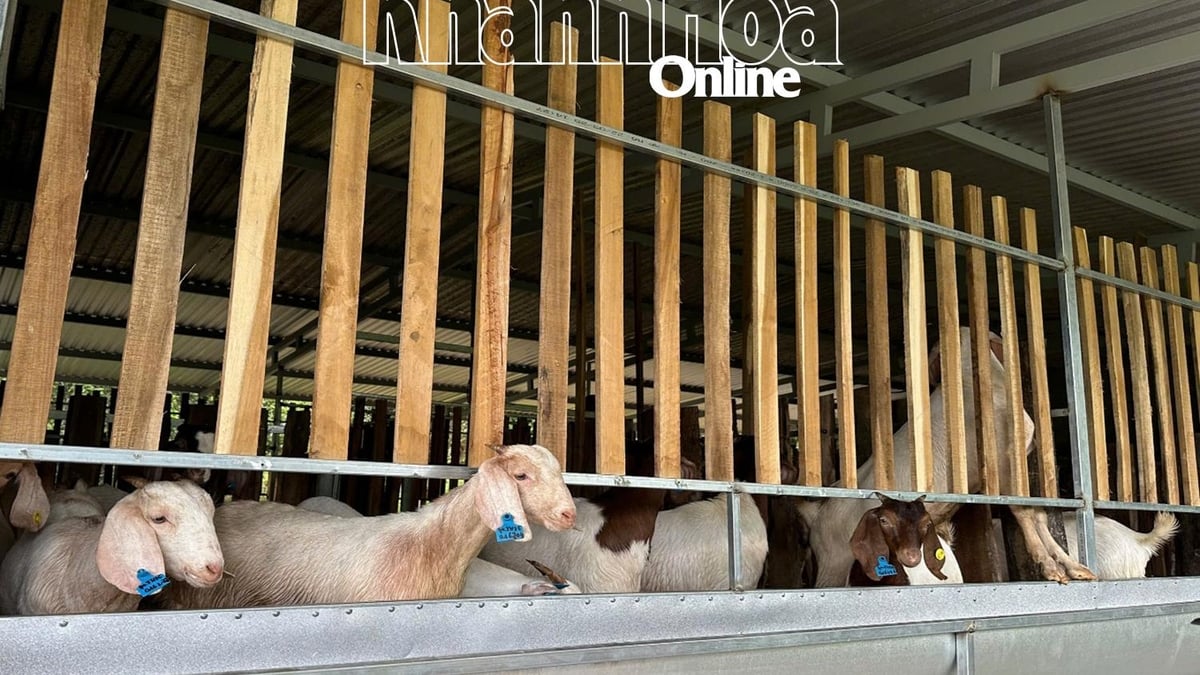
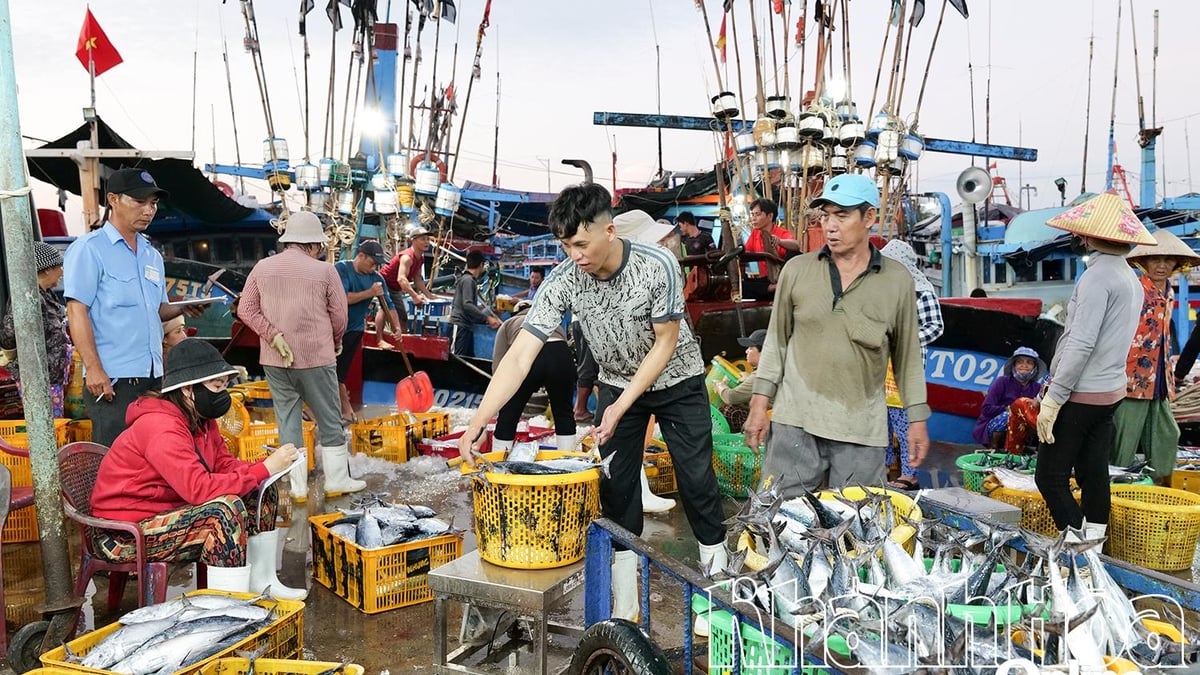
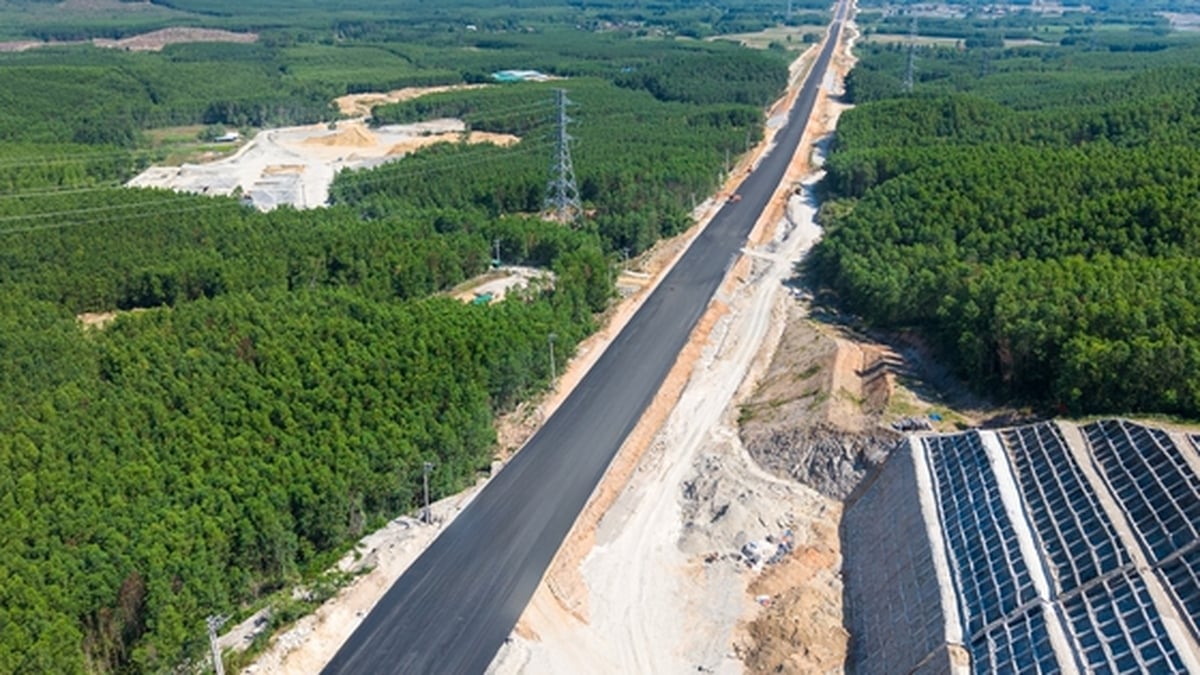

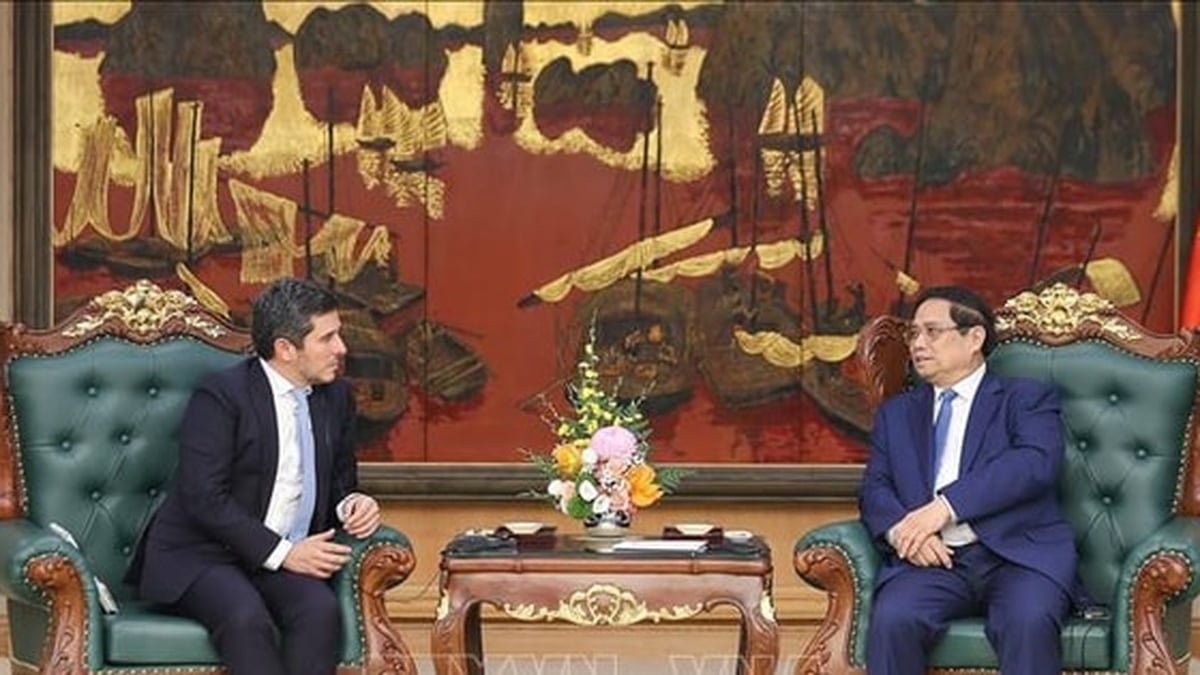
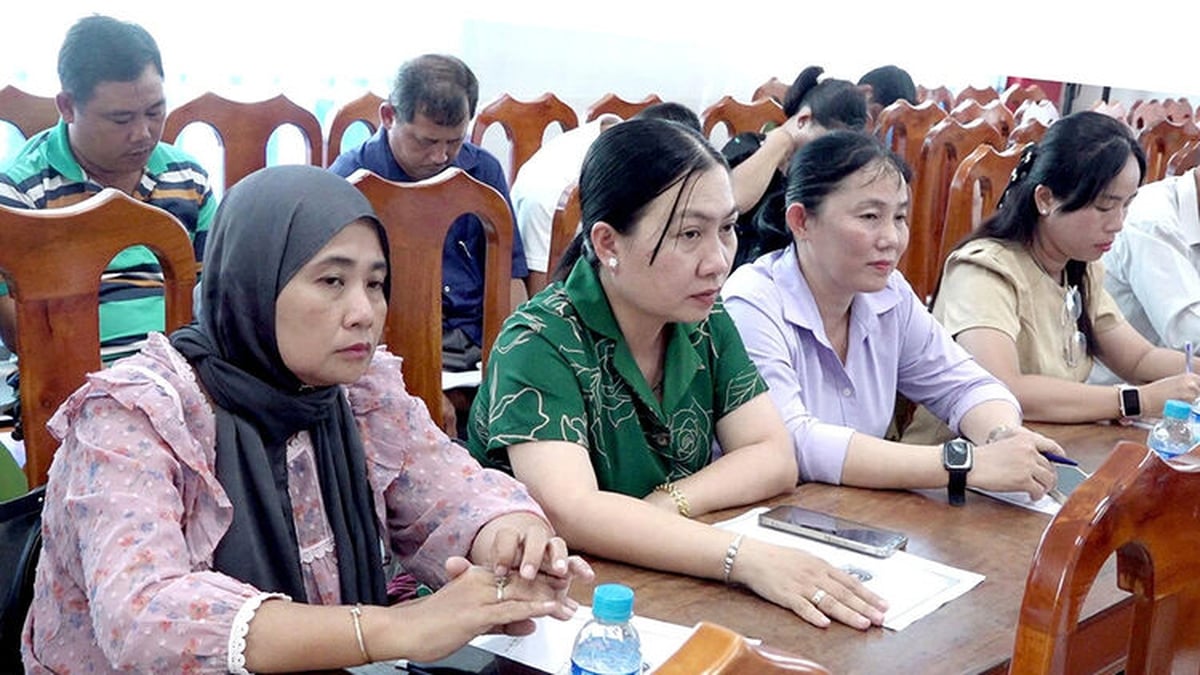

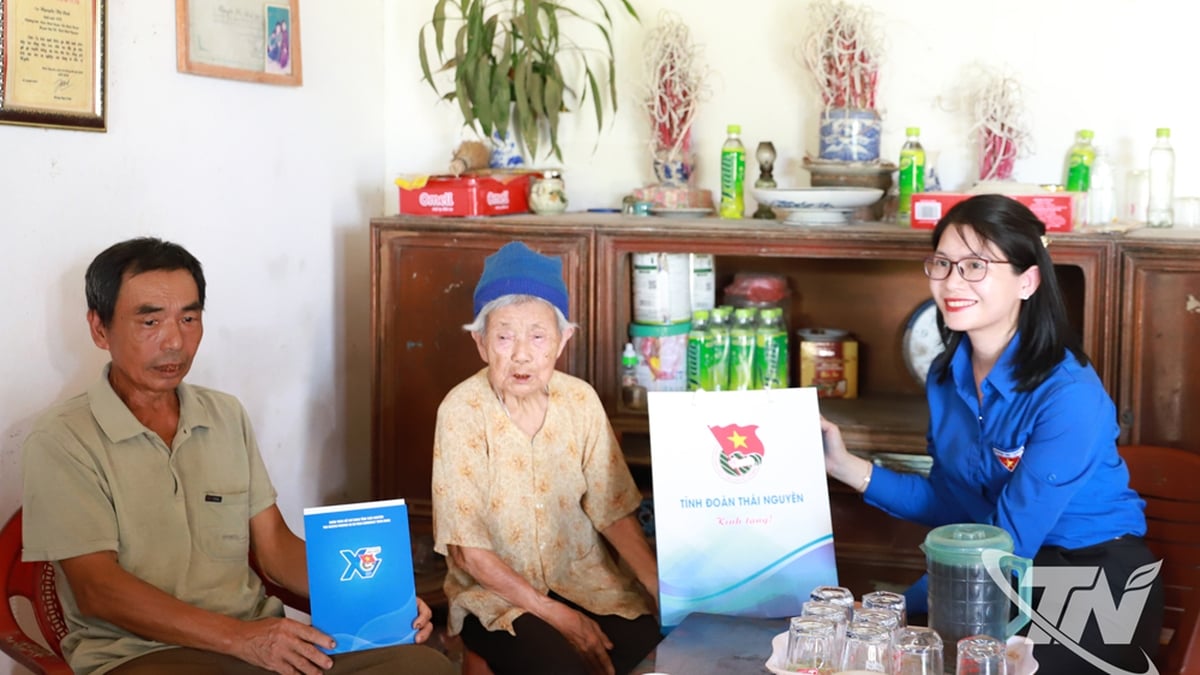
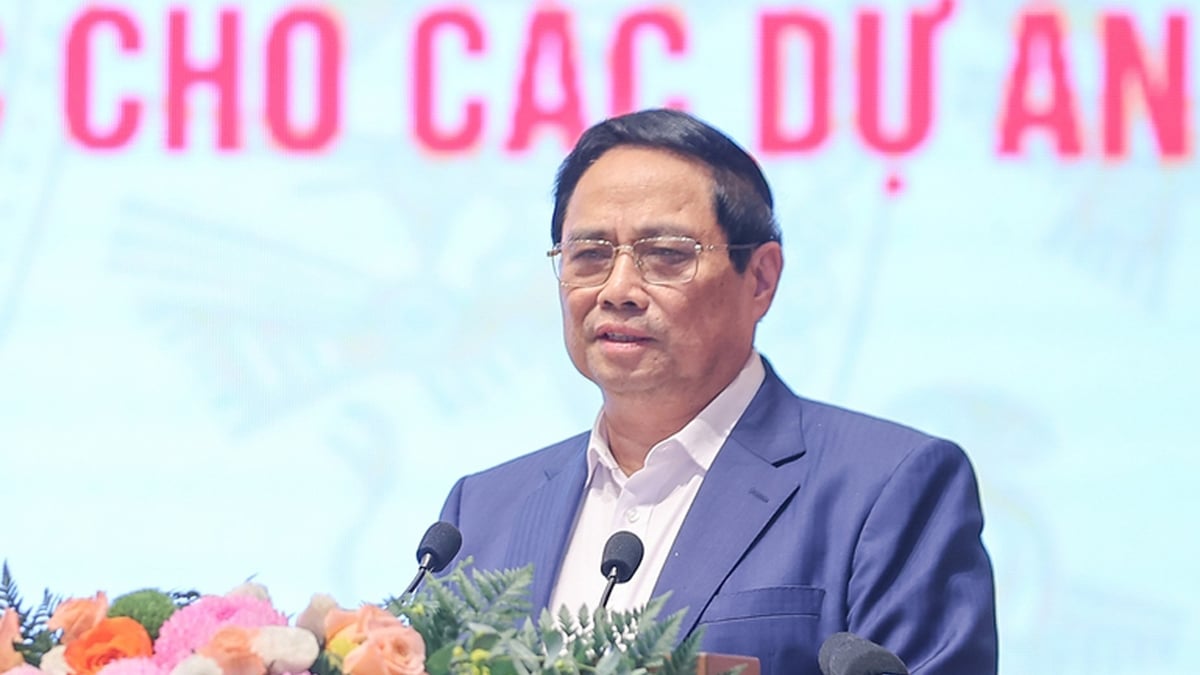


























































































Comment (0)